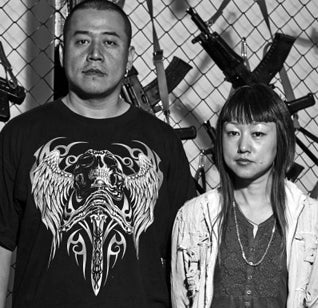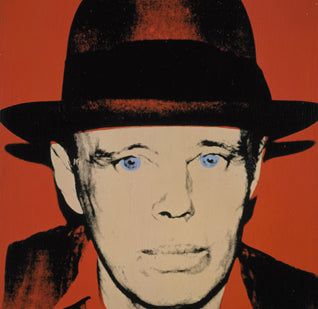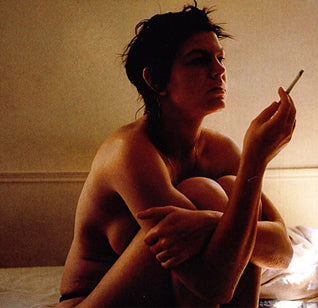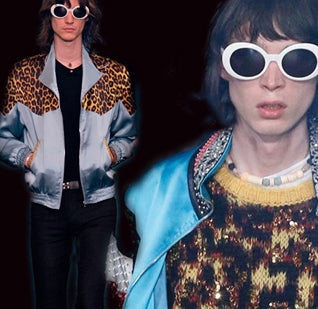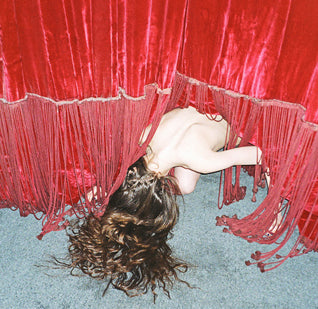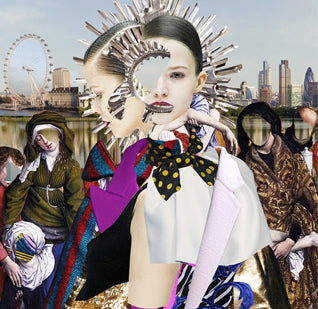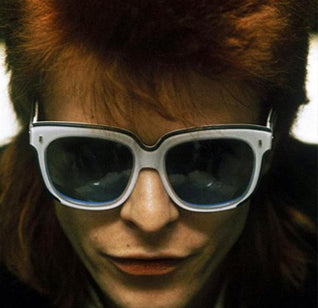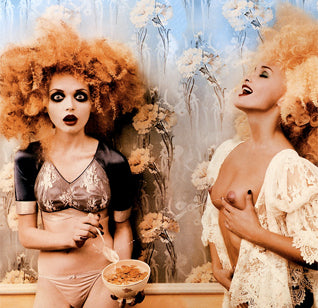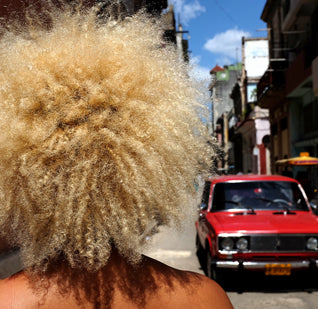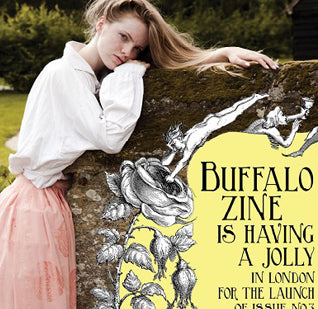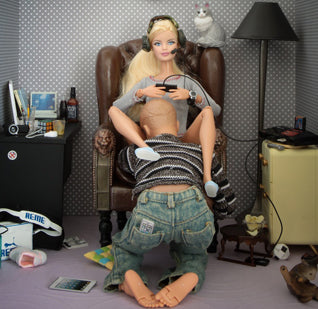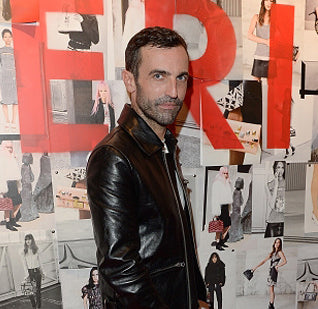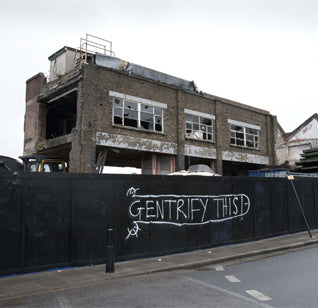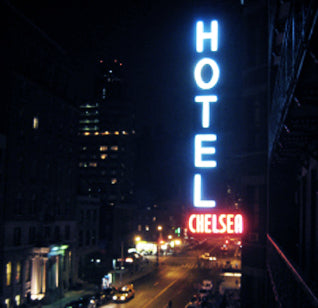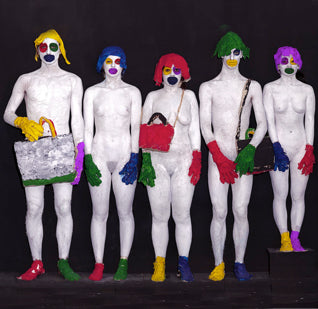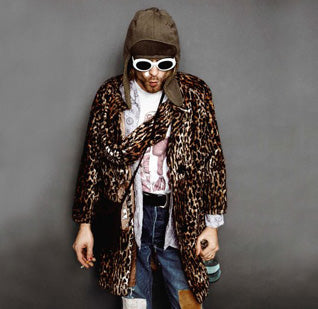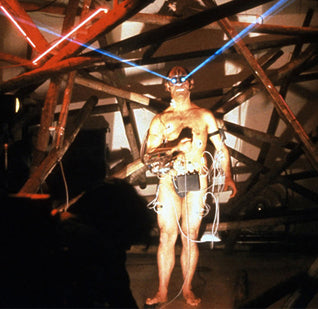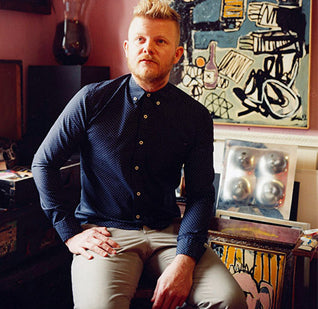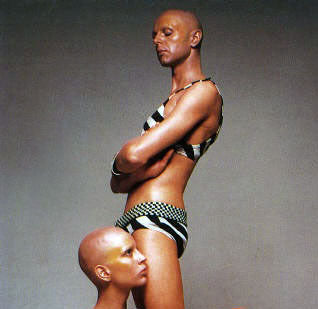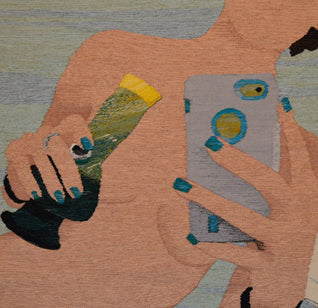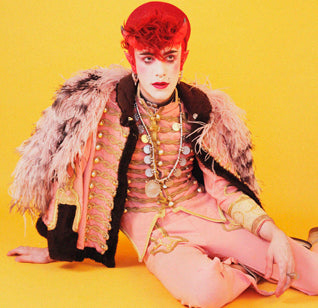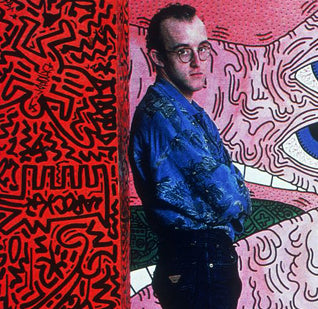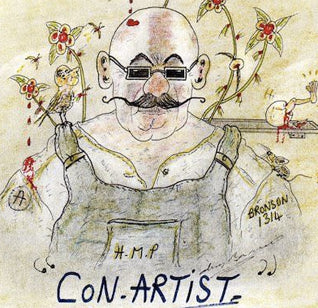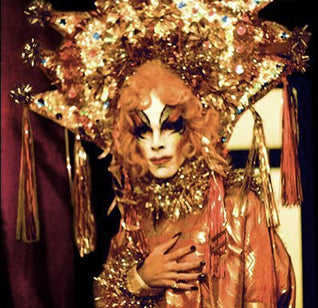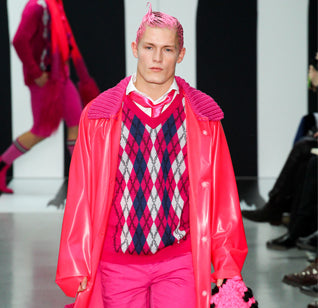THE EVOCATIVE IMAGES OF STREET PHOTOGRAPHY
Eminent street photographers find beauty in the ordinary
by Leah Sinclair
Photos have an ability to see beyond the naked eye. To present a view of ordinary lives, yet capture the extraordinary within it. It’s a skill that few have mastered, and those who do have documented decades of life through street photography, showing us that you can capture the beauty of something or someone that often goes ignored by us everyday.

James Van Der Zee: Couple in Raccoon Coats in Harlem NY, 1932.
Street photography originated during the end of the 19th century and progressed through to the 1970s, capturing candid images of people, society and public surroundings. Eugène Atget – a French photographer, is regarded as the father of street photography, known for documenting the historical changes of Paris during 1880s-1920s, from the people to the architectural changes which transformed the city. Ataget’s photography influenced a generation of photographers who also documented changes of their cities and the people within them. From James Van Der Zee who was known for his portraits of black New Yorkers during the Harlem Renaissance, to Arthur Leipzig, and Helen Levitt – one of the most celebrated photographers of our time. While street photography has documented changes in our culture regarding race, sexism and politics, today it continues to create impactful images from the simplest moments. But just what is it about street photography and the allure of the ordinary, which still manages to create beautiful imagery?

Image courtesy of the photograher Devine Allen.
For one, street photography gives light to people and areas that are often neglected or ignored. We may pass these places and faces on a day-to-day basis, but somehow street photography allows us to see beyond that, into the detail and depth that often goes unnoticed. Take Preston is my Paris – a photography based project known for their images exploring the city of Preston. The purpose of the project was to bring attention to a city which they describe as “disregarded ordinary Britain,’ and to showcase the landscape of their city, from the local shops and markets to the run down Preston bus station. These ordinary aspects of a city which doesn’t get much attention, manages to capture the beauty of forgotten town, and uses street photography to engage the world in a new side of a city that they don’t get to see. Away from any stereotypes or preconceived notions that people might have, street photography allows us to view a fresh perspective away from what we may have been learnt or taught about certain places and people, creating a space where ignorance can be lost and self discovery can be found.

Young Parents, Buenos Aires. Image courtesy of photographer Yanidel.
Bringing attention to the underrepresented is a key element of street photography. Whether that be to places, or the underrepresentation of people — this form of photography knows how to impact its viewers. It has the ability to acknowledge social issues and uses photography to portray what is affecting us today, as seen by photographer Devin Allen. The Baltimore based photographer is known for his emotive images during the Baltimore Riots of 2015 – one of his images were even used on the cover of Time Magazine. By addressing an issue which affects him and his community, Allen was able to showcase images which directly hit a nerve with the public, while using social media as a catalyst to support the #blacklivesmatter movement. Presenting something beautiful can clearly be inherently painful and ugly — as Allen’s images came from a devastating and disturbing issue affecting America and the african-american community right now. But the ability to communicate them into the impactful images that they are, has gained widespread attention for Allen, and shows that photography can do more that present something — it can expose inequality, injustice and influence a reaction that travels further than we’d imagine.


Image courtesy of photographer Martin Parr
Our ability to react to street photography directly links to its honesty and reliability — something which can be hard to come by in our generation. We as humans can relate to images we see that resonate as with us, especially when social media can play a role in connecting it to us all. Brandon Stanton’s Humans of New York has become a huge social media phenomenon. Taking photographs of different strangers on the streets of New York, he shares their images and stories on his website and most notably on Instagram, creating a narrative to his images that connects to his followers. With the ability to connect to these people’s stories through imagery and words, Humans of New York creates a deeper reaction between the viewer and the subject, displaying photography’s ability to connect even deeper with people as social media and photography begin to intertwine.
As we continue to see the progression of street photography, we are beginning to witness people embracing images which go beyond the photoshopped, celeb-obsessed imagery which is over-saturating our culture. Today, viewing photographs of the ordinary, is starting to feel really quite extraordinary.

